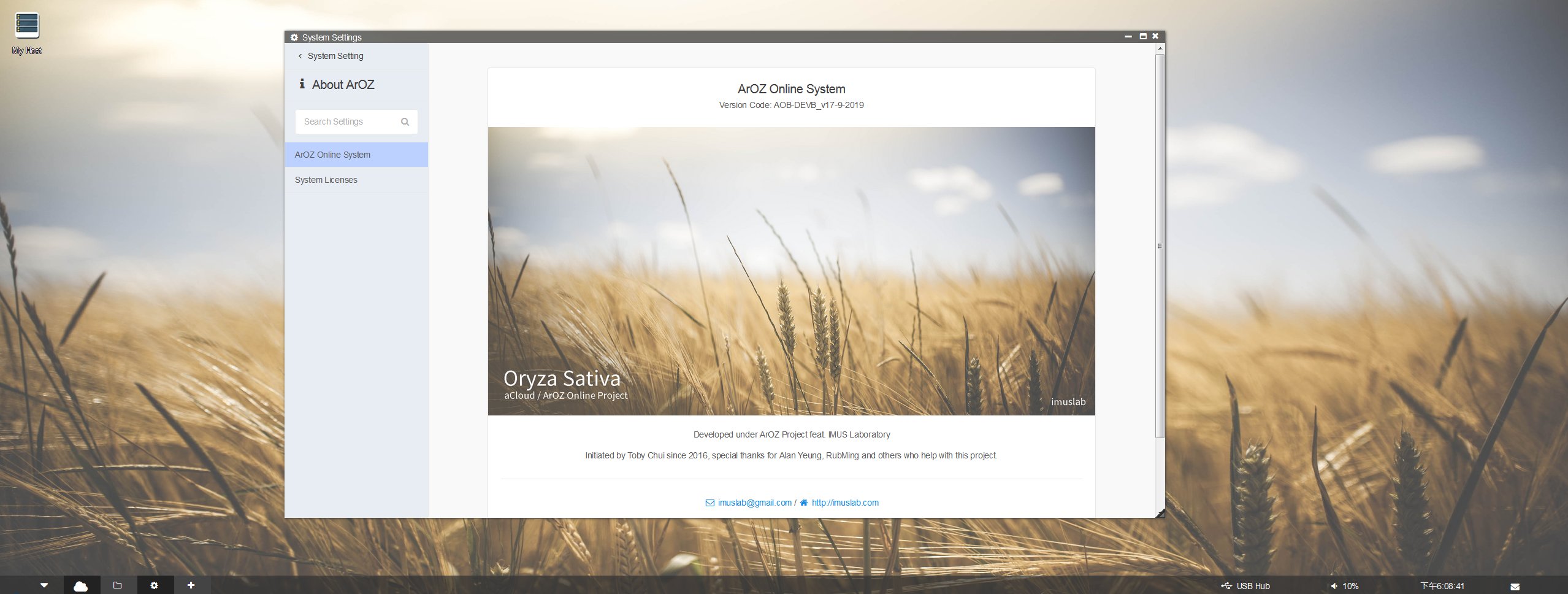
Introduction
Hi! Welcome onboard. ArOZ Online System is a project that I have been working on since 2016.
This is a system run on top of Rasbian (Image of the Raspberry Pi) that provide the "full power" of this little computer to users through the web interface. However, in order to make it portable, I have to custom design a PCB that mount to the bottom of the Pi zero w and this is where the development of the BETA version started: A main board for ArOZ Online Systems.
Why System"s"?
ArOZ Online actually support a wide range of devices as host from Raspberry Pi zero (which I mostly work on) to Pi 3B+ and even thin clients. So this system needs A LOT OF HARDWARE compatibility over different low power systems. The main board of the system currently support "Pi zero w", "Pi zero" and 'Banana M2 zero" (which has the same form factor with the pi zero family). But after I have made the board working with the god damn FE1.1S (yes, this is what border me most), I will expand the support to other SBCs. Maybe other "fruit branded" SBCs like the orange pi and banana pi?
Download the System
You can get a copy of the system over here:
 tobychui
tobychui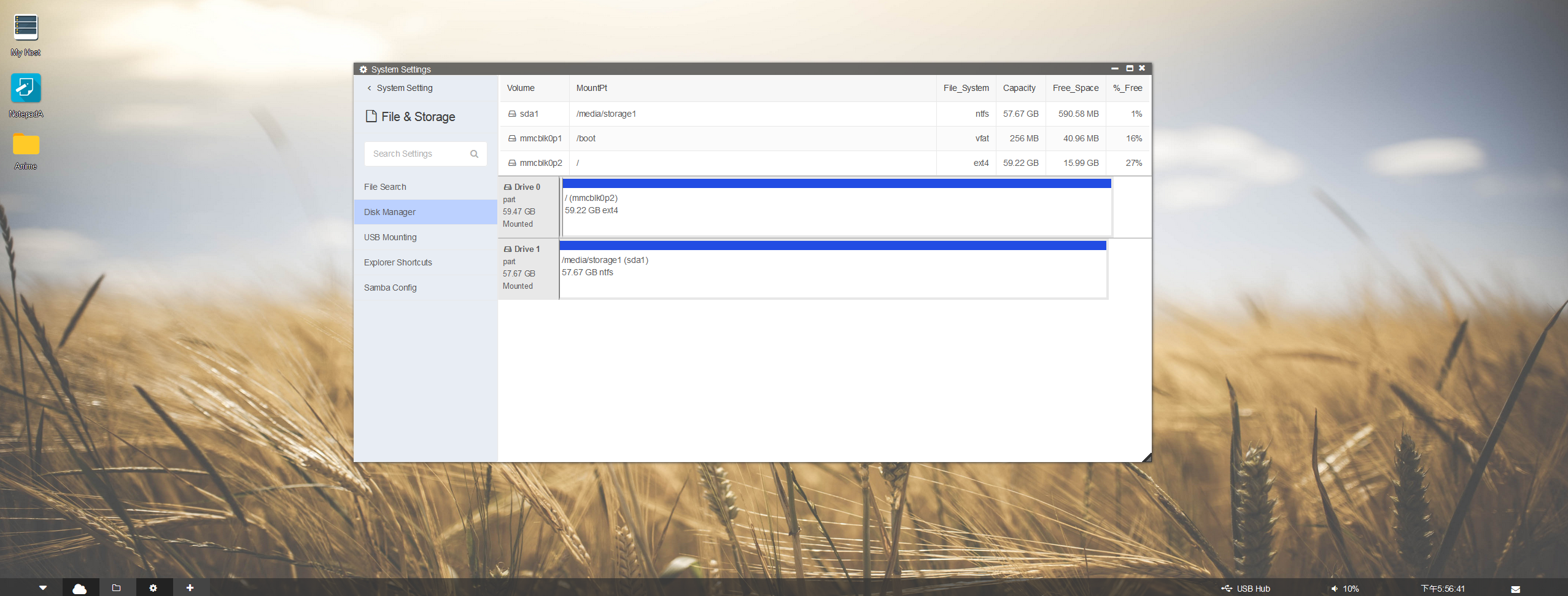
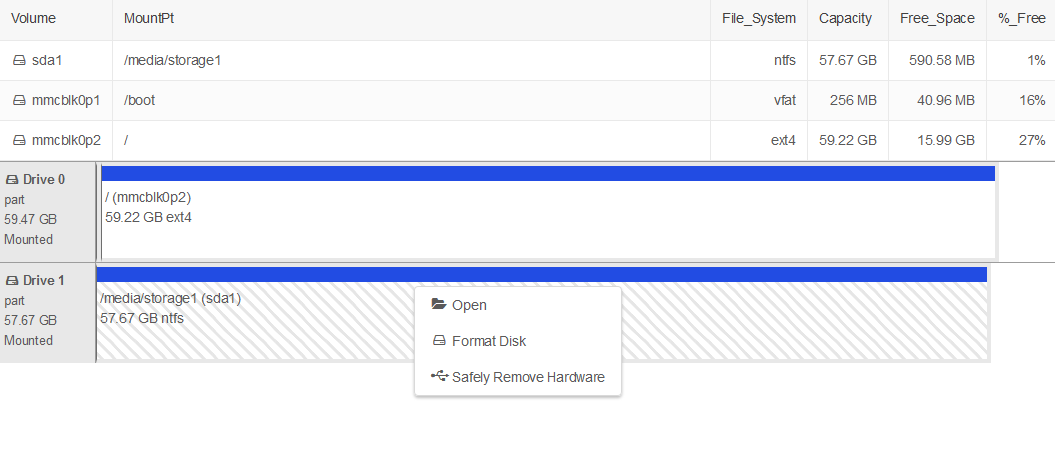
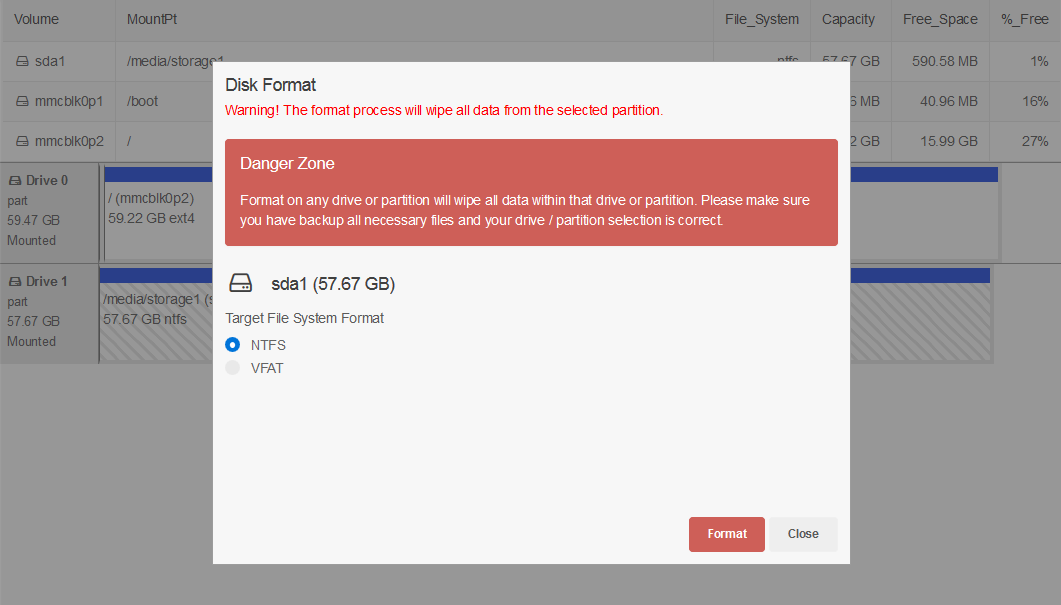
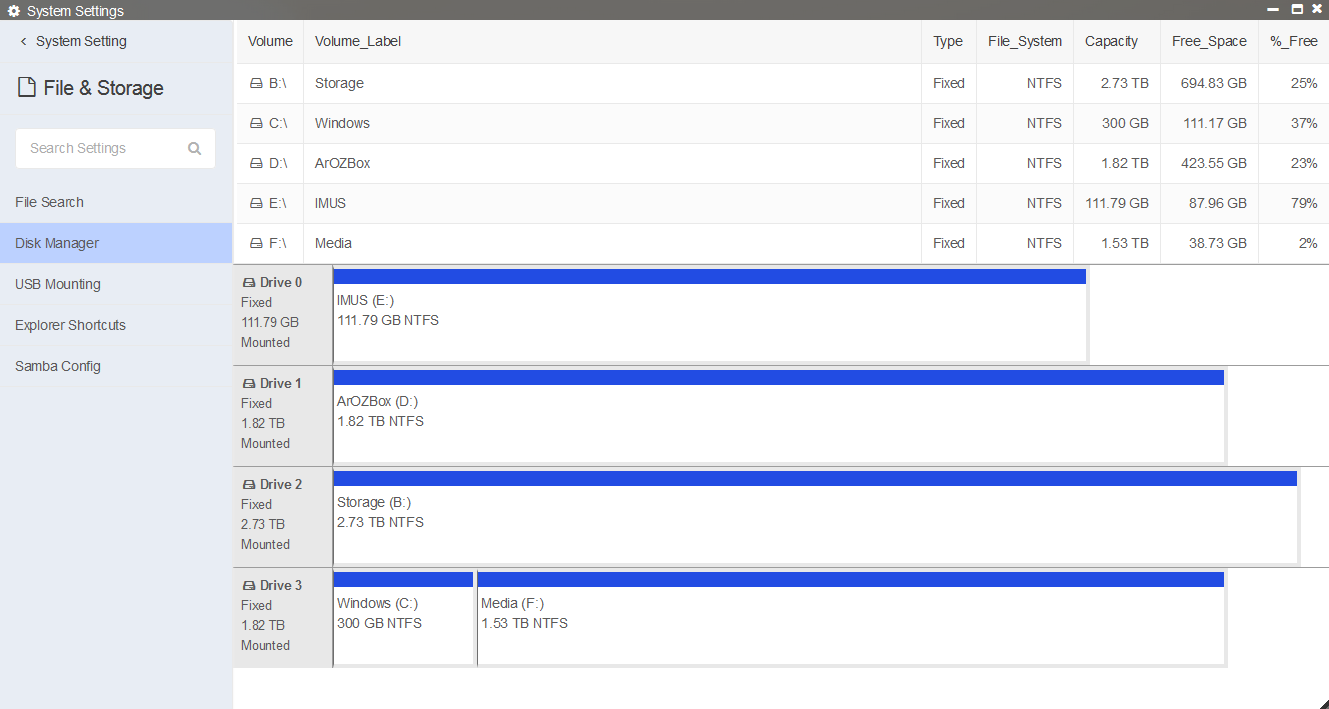
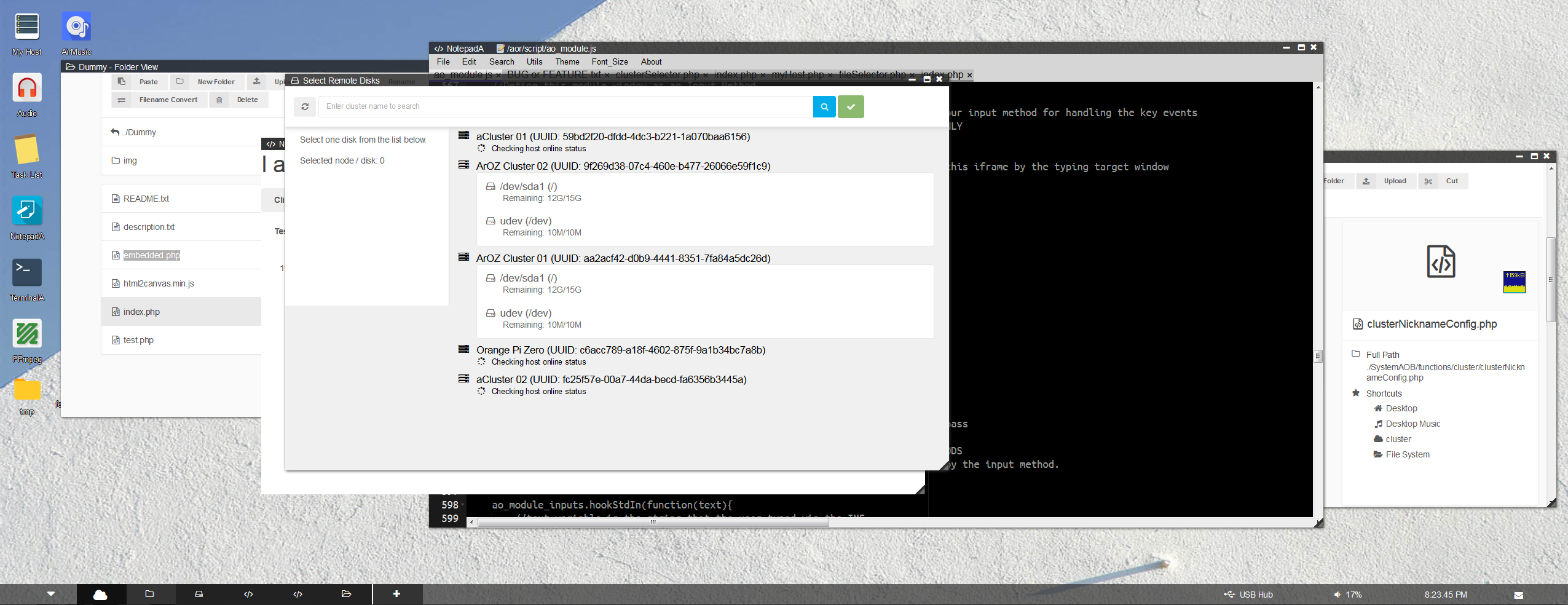
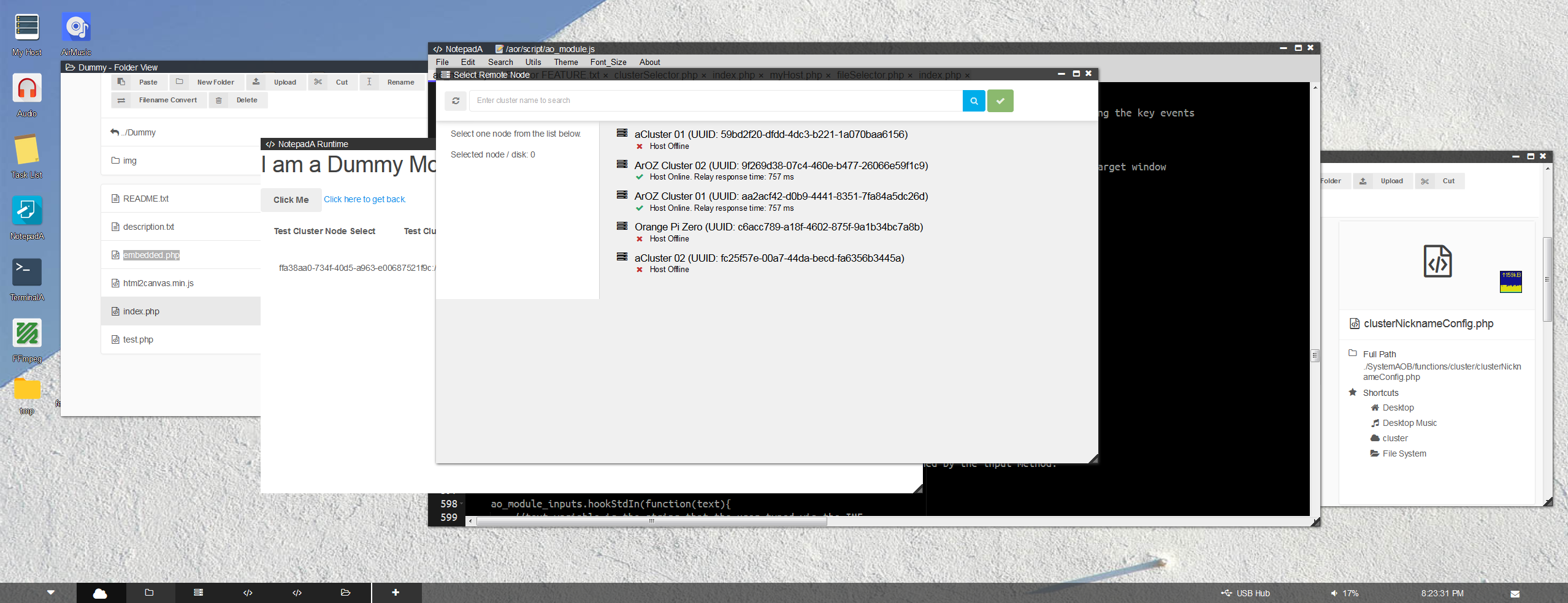
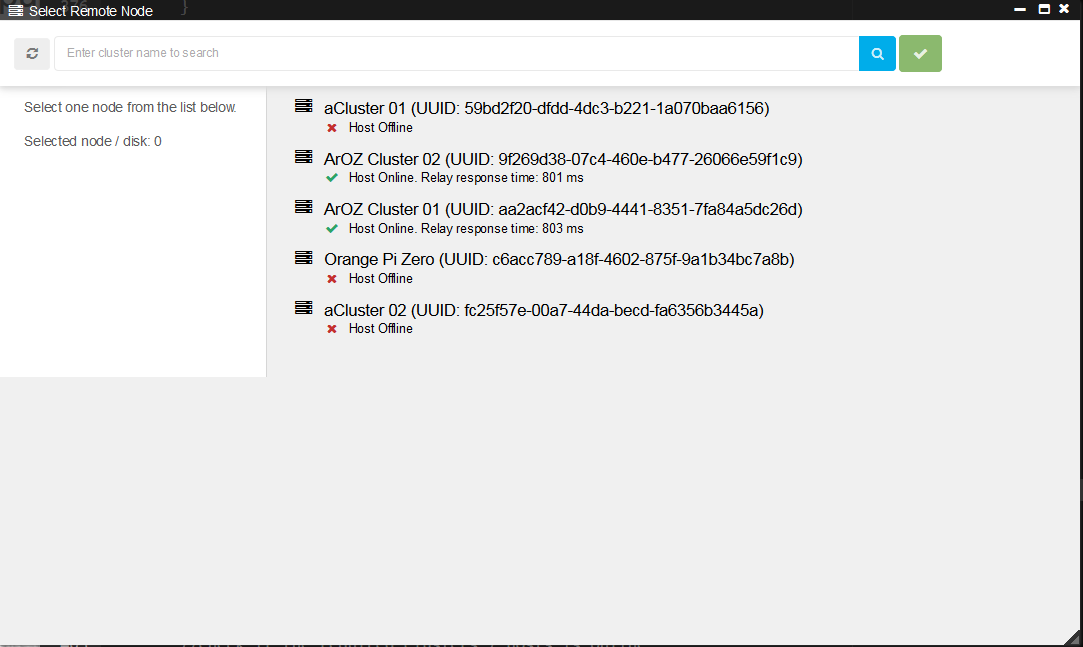
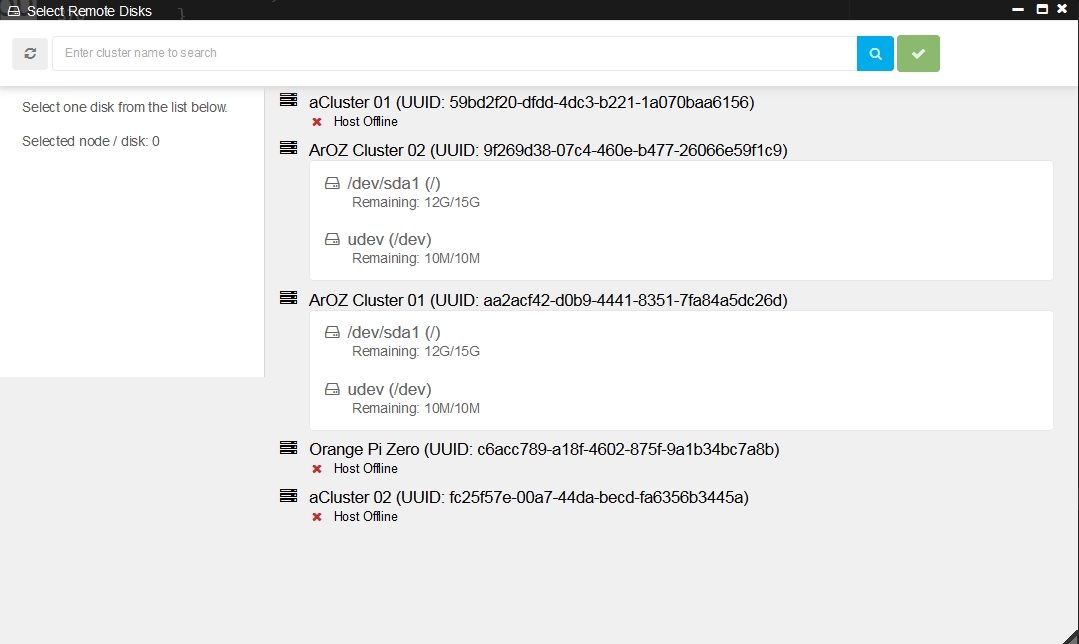
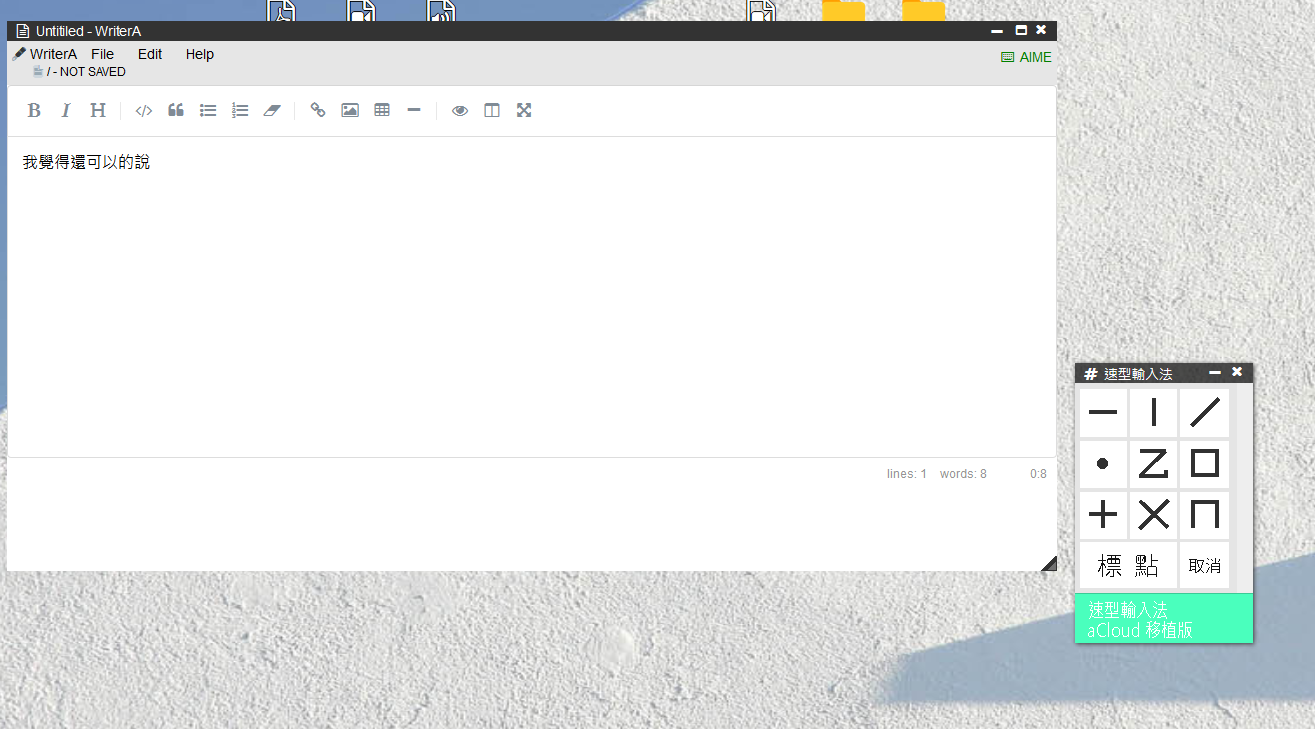
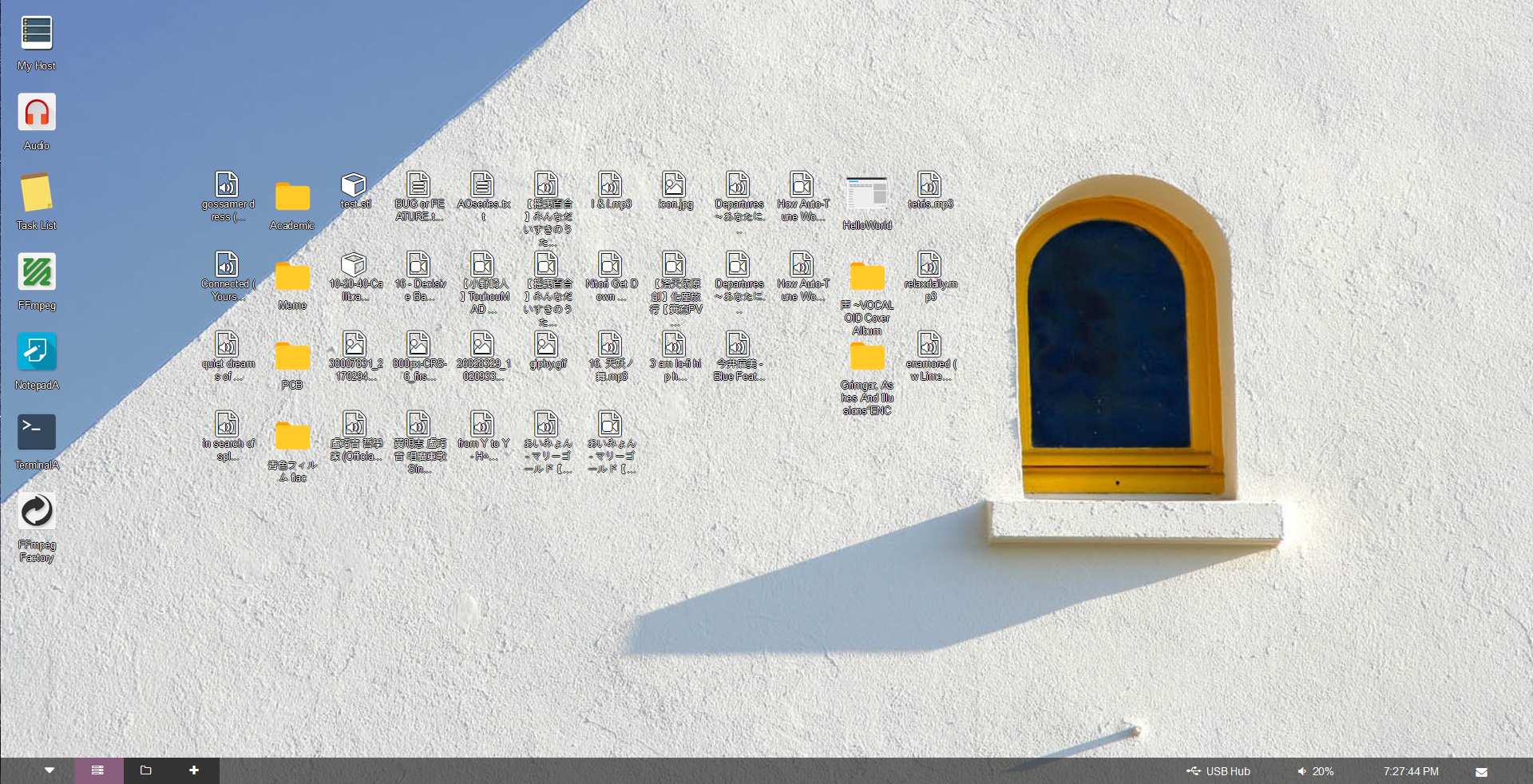
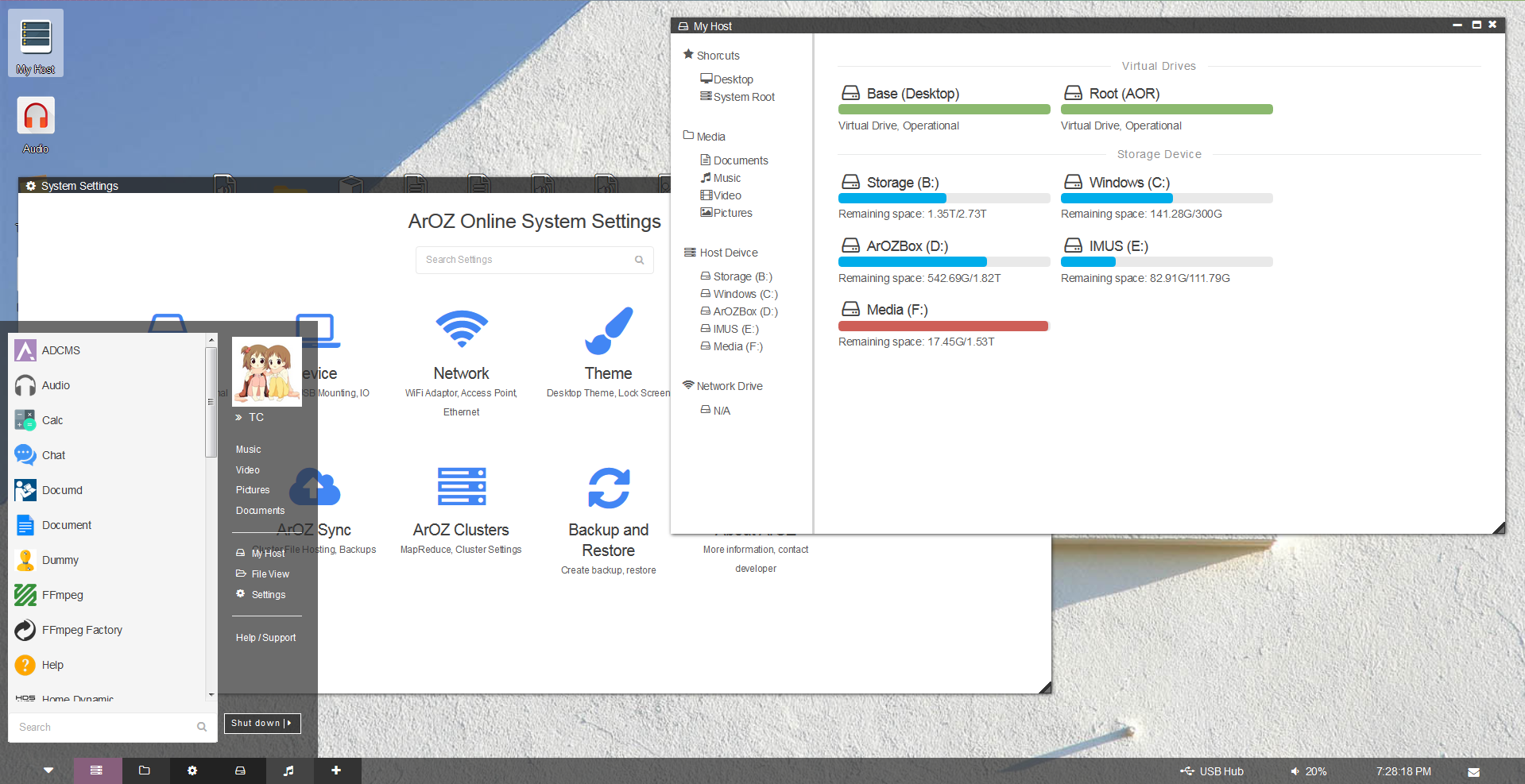
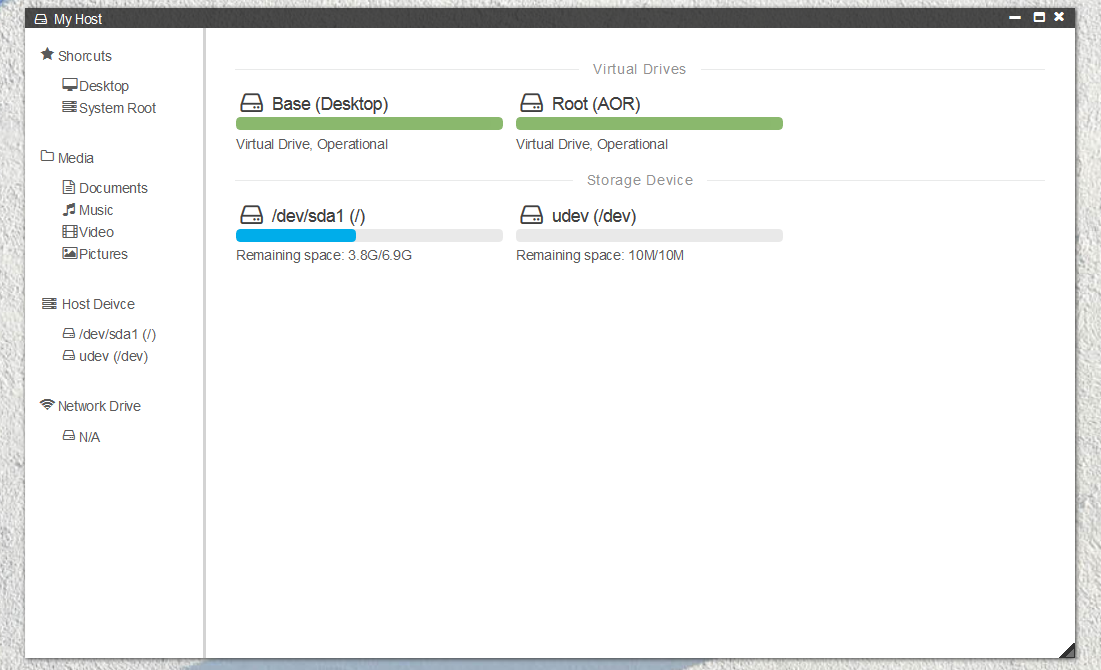

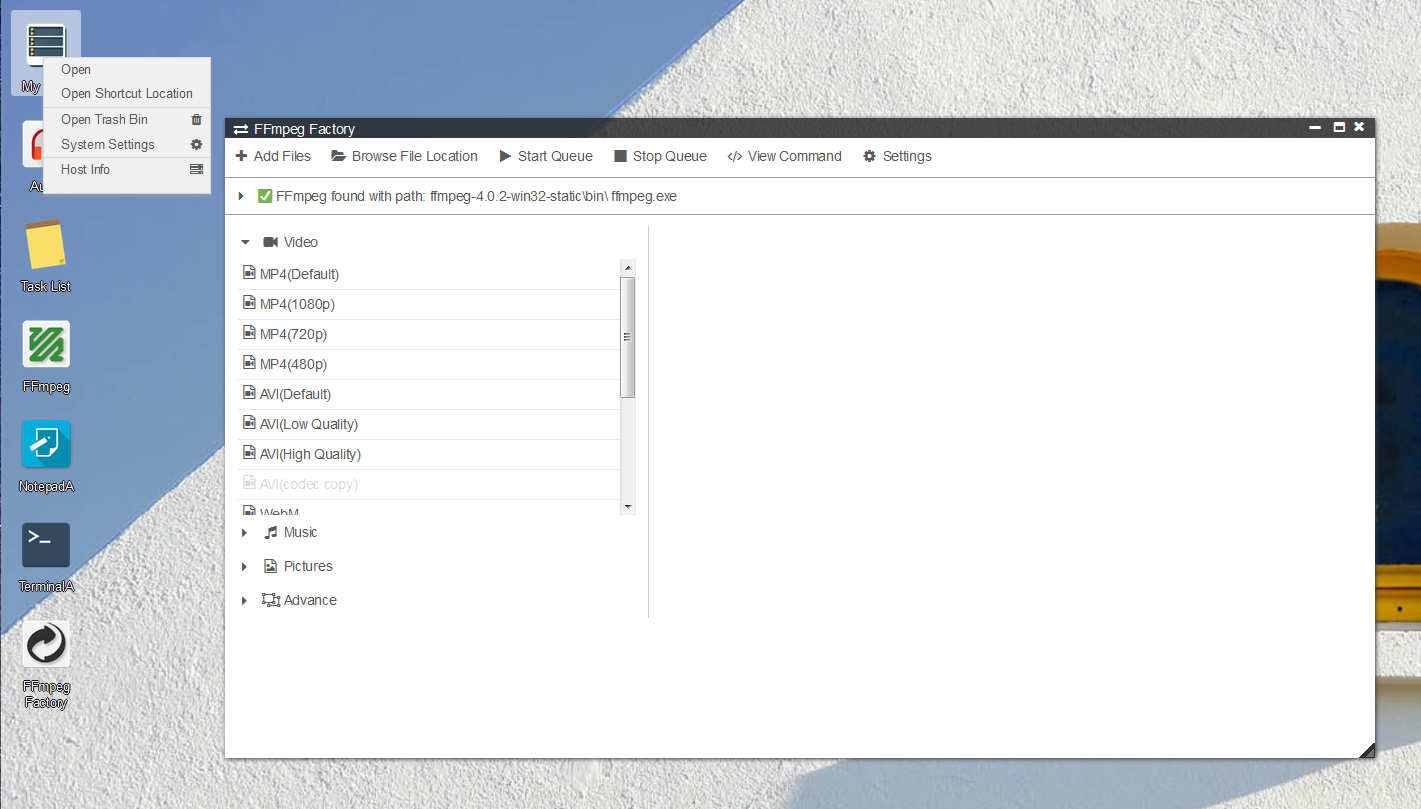

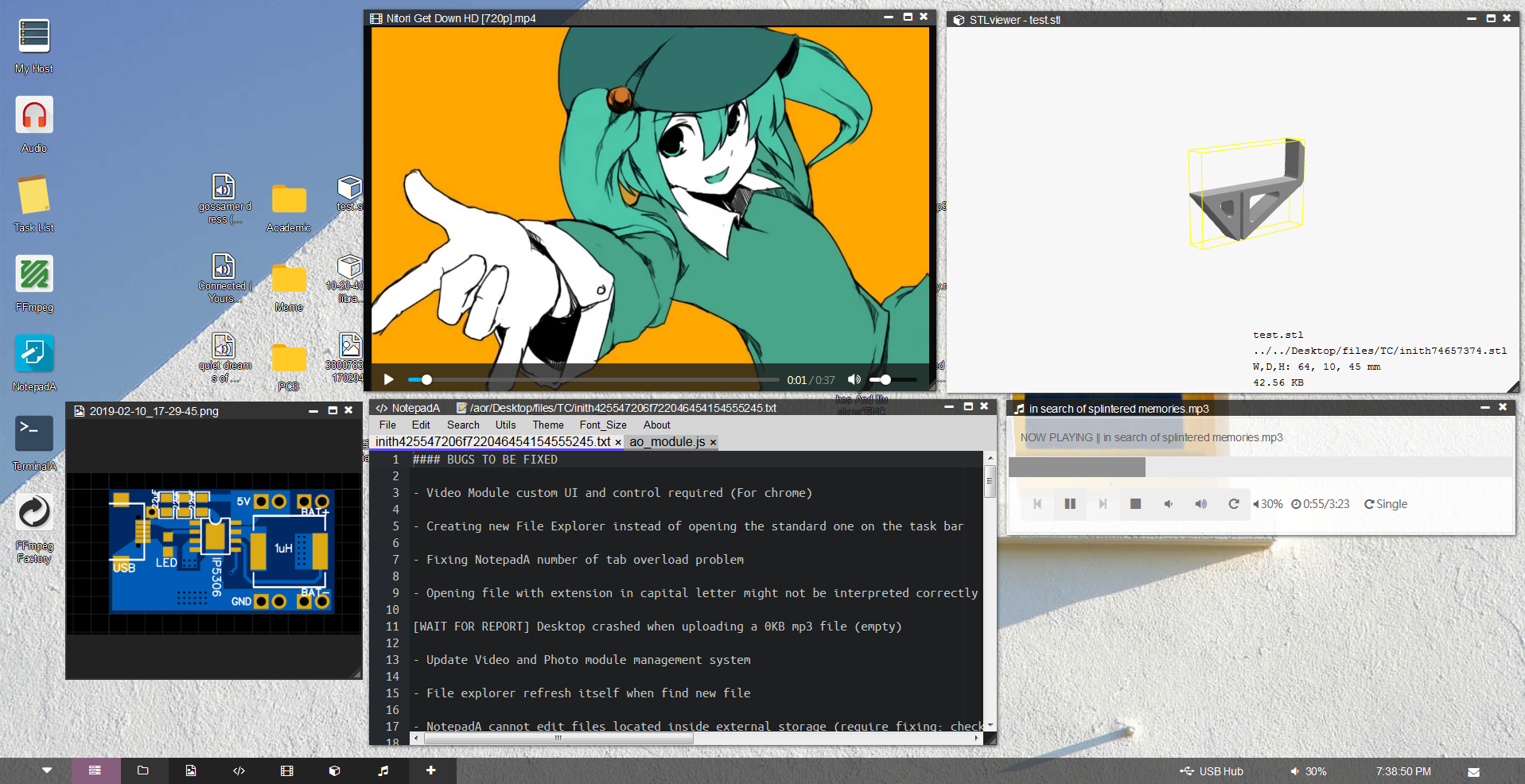
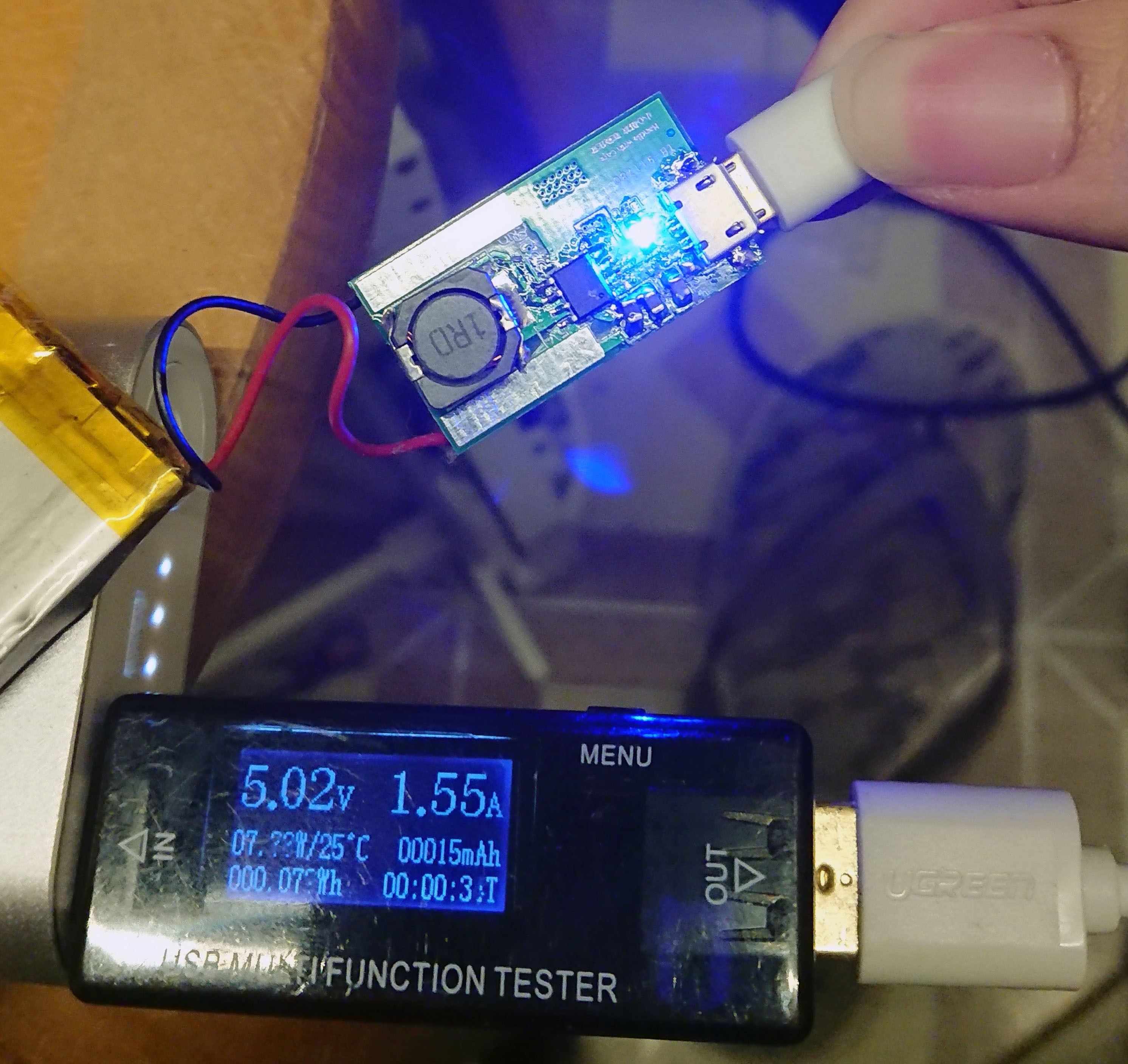
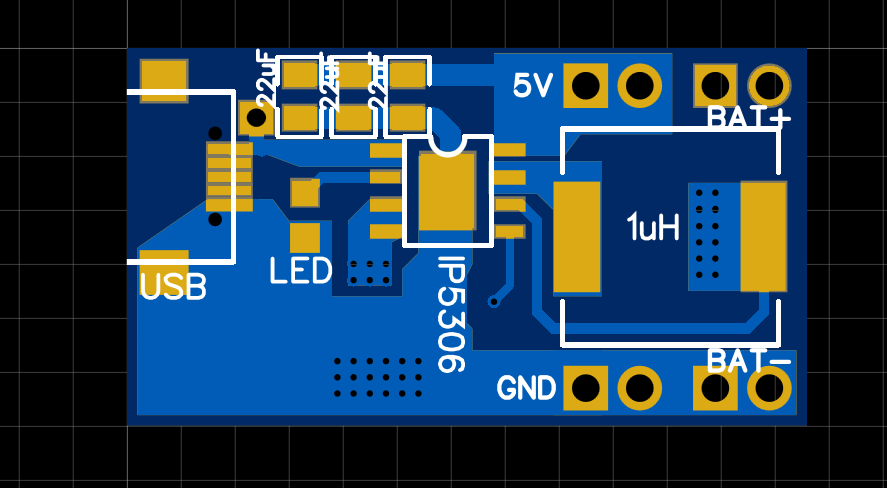
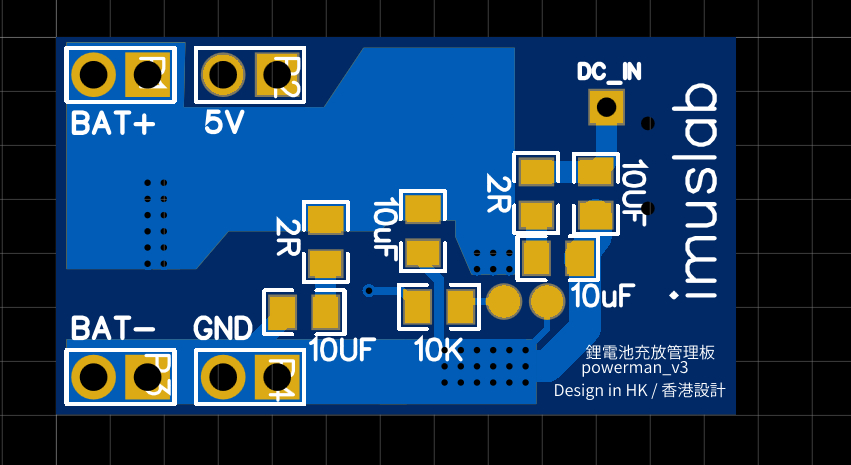
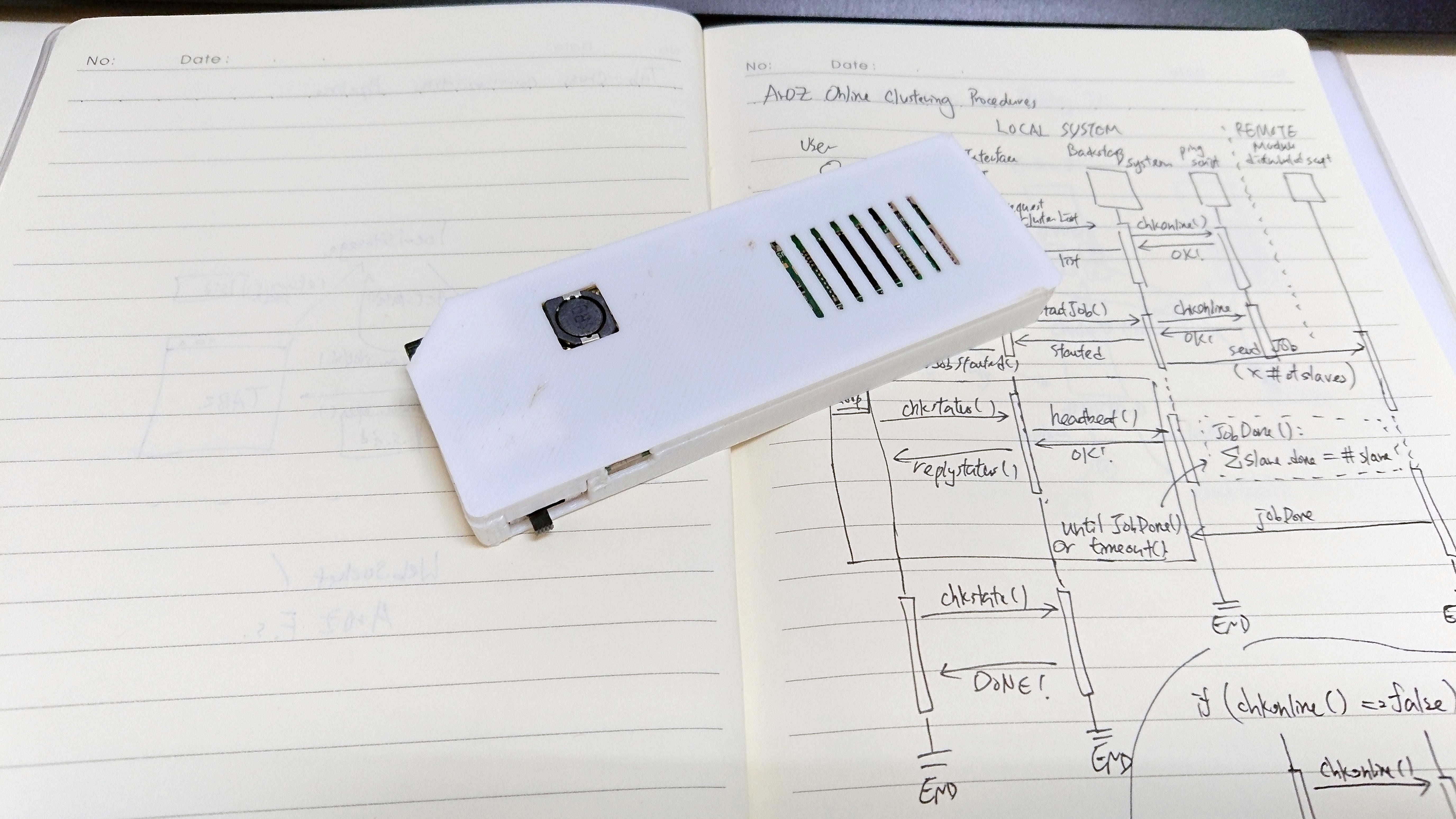
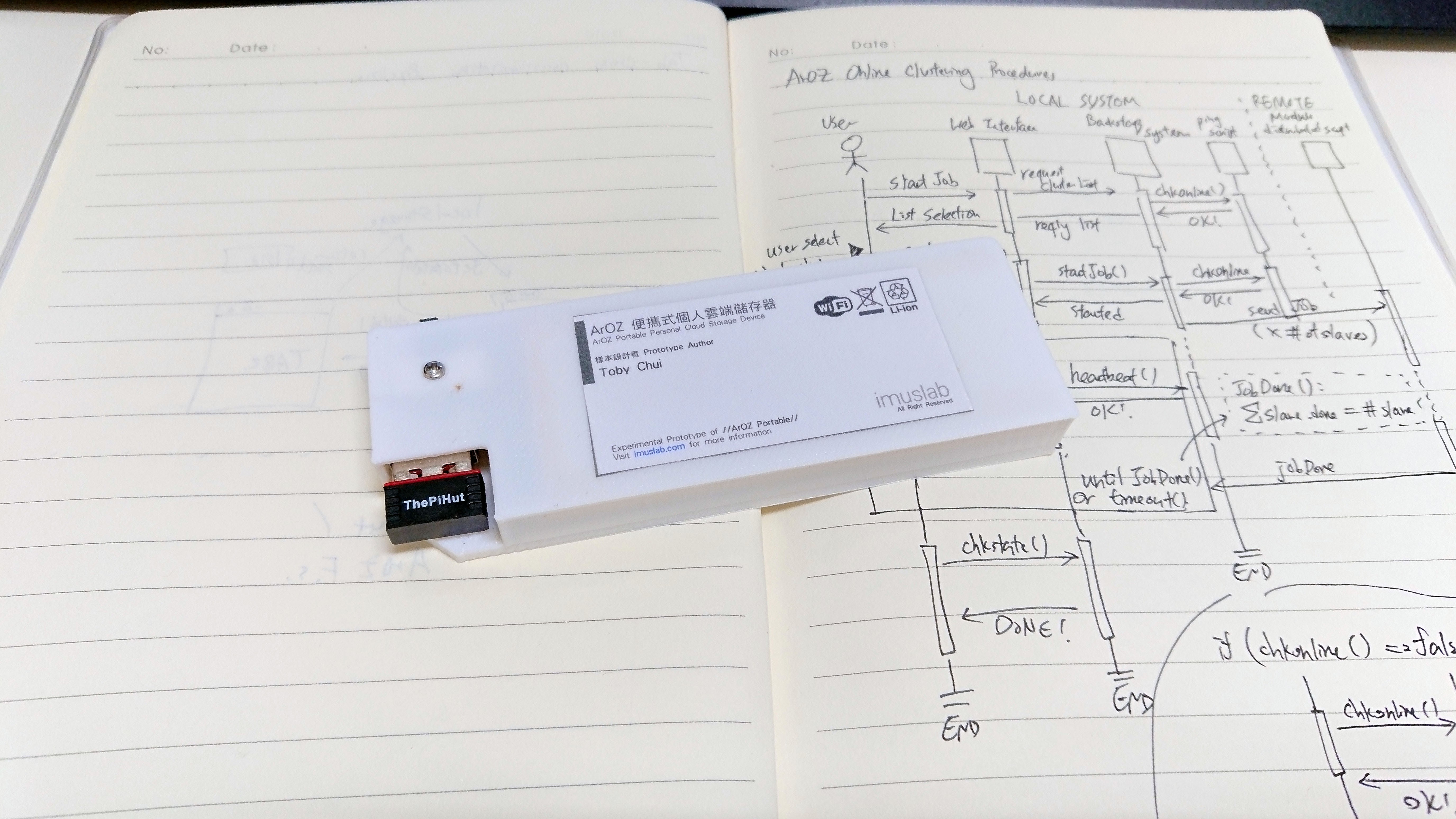
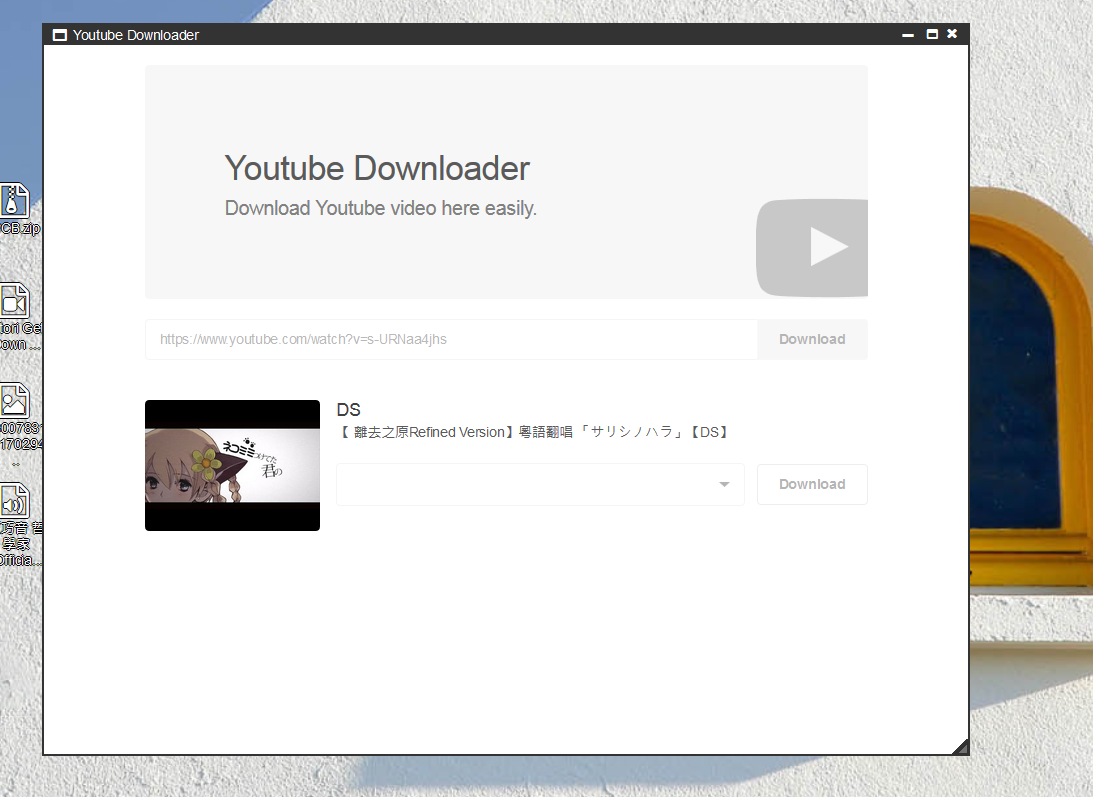
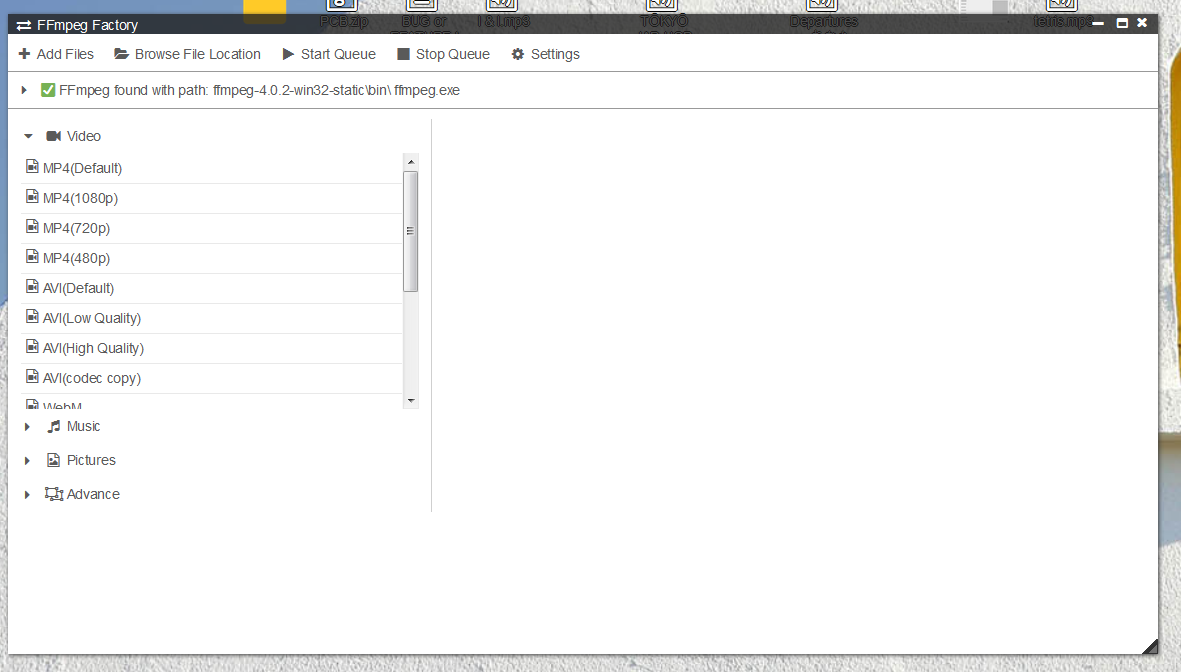
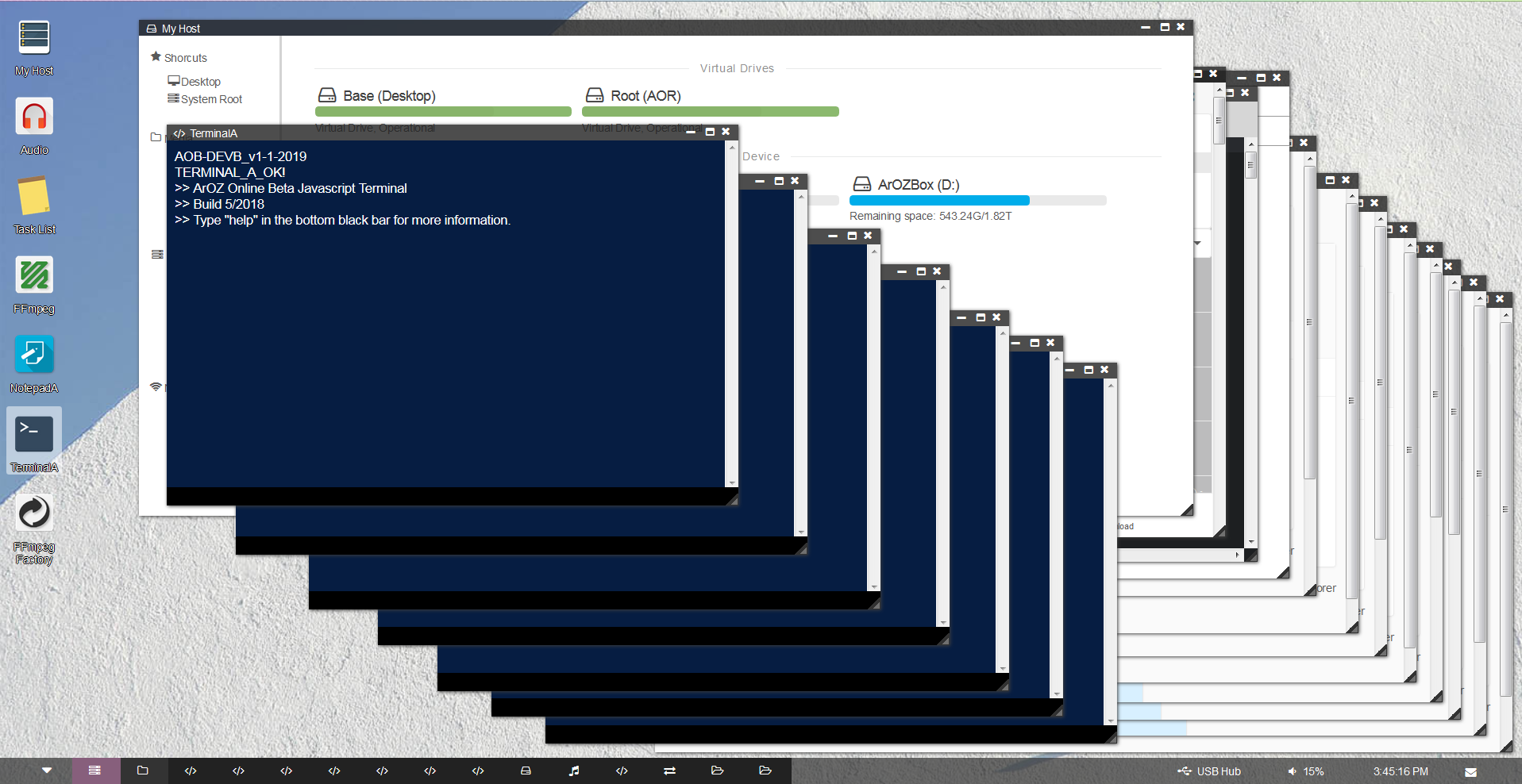

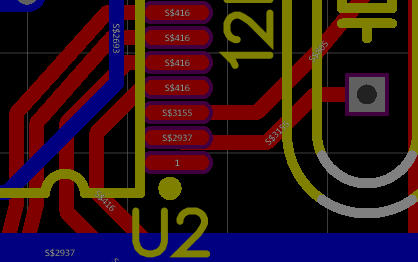
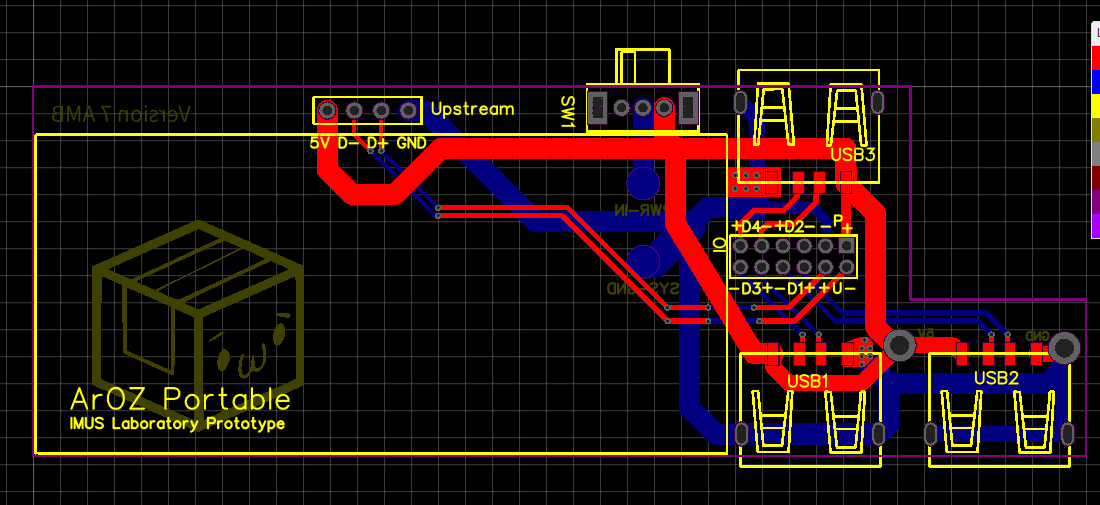




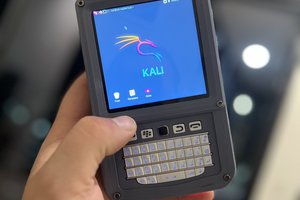
 Taylor Hay
Taylor Hay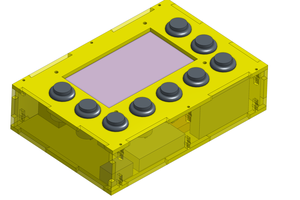
 Craig Hissett
Craig Hissett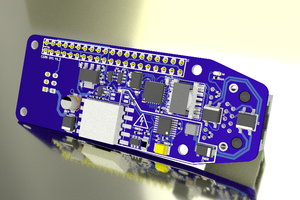
 julien
julien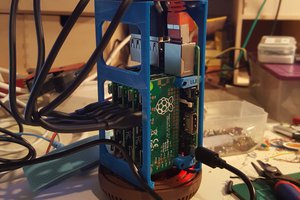
 davedarko
davedarko
orange crab is possible put inside?
please add some switch key and meybe 5-8 normal keys buttons and 8 led diode for binary output